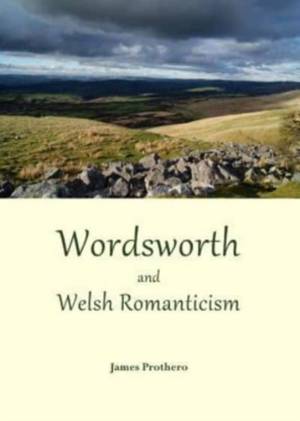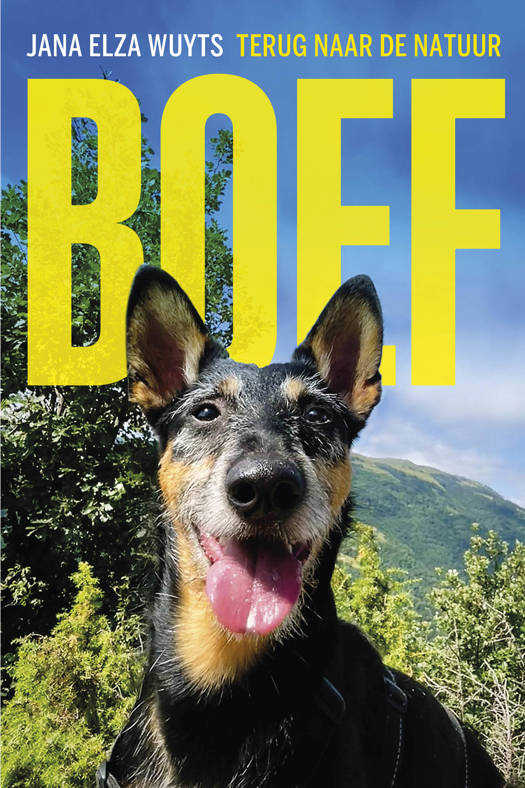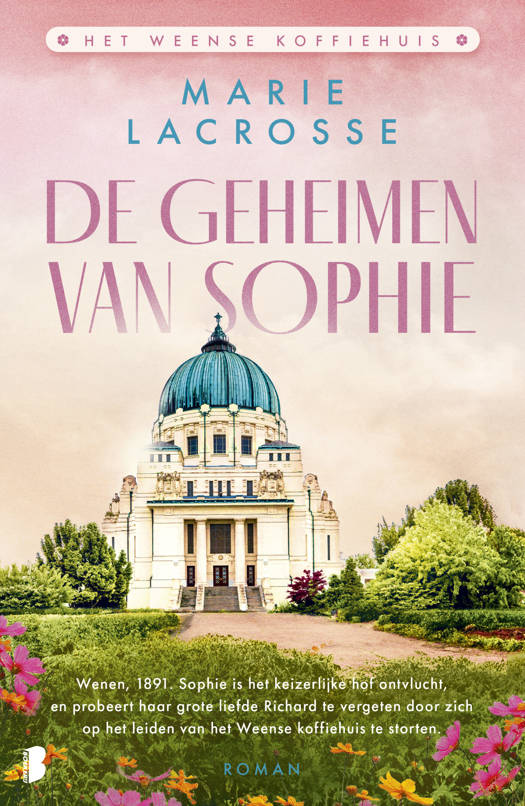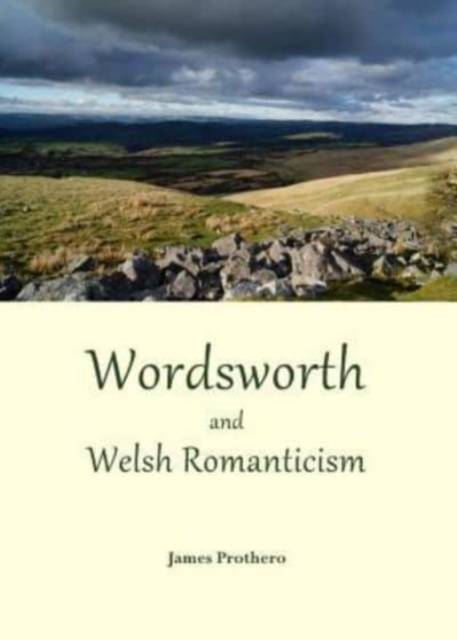
- Afhalen na 1 uur in een winkel met voorraad
- Gratis thuislevering in België vanaf € 30
- Ruim aanbod met 7 miljoen producten
- Afhalen na 1 uur in een winkel met voorraad
- Gratis thuislevering in België vanaf € 30
- Ruim aanbod met 7 miljoen producten
Zoeken
Omschrijving
Popular anthologies hold that the Romantic Era in Great Britain ended promptly in 1832 and that the early Twentieth Century was the time of Modernism and the rejection of the Romantic in British letters. However, in Wales, just the opposite was true. This study traces the work of poets and novelists in Wales in the early- to mid-Twentieth Century who all found their poetic master to be William Wordsworth. In the early part of the century, W. H. Davies, John Cowper Powys and Huw Menai - a tramp, a mystic novelist and a coal miner - produce novels and poetry with Wordsworth as their acknowledged master. By mid-century, Idris Davies, a coal miner turned teacher, R. S. Thomas, an Anglican priest, and Leslie Norris, another teacher, are writing in the mountainous shadow of William Wordsworth. While the literary lights of London are leading the Modernist revolution, in Wales, the inspiration is still the English poet, Wordsworth. This study will illuminate this flare up of Romanticism, and show the way in which Romanticism re-emerges from unexpected quarters.
Specificaties
Betrokkenen
- Auteur(s):
- Uitgeverij:
Inhoud
- Aantal bladzijden:
- 215
- Taal:
- Engels
Eigenschappen
- Productcode (EAN):
- 9781443847742
- Verschijningsdatum:
- 1/06/2013
- Uitvoering:
- Hardcover
- Formaat:
- Genaaid
- Afmetingen:
- 152 mm x 216 mm
- Gewicht:
- 408 g

Alleen bij Standaard Boekhandel
+ 129 punten op je klantenkaart van Standaard Boekhandel
Beoordelingen
We publiceren alleen reviews die voldoen aan de voorwaarden voor reviews. Bekijk onze voorwaarden voor reviews.








